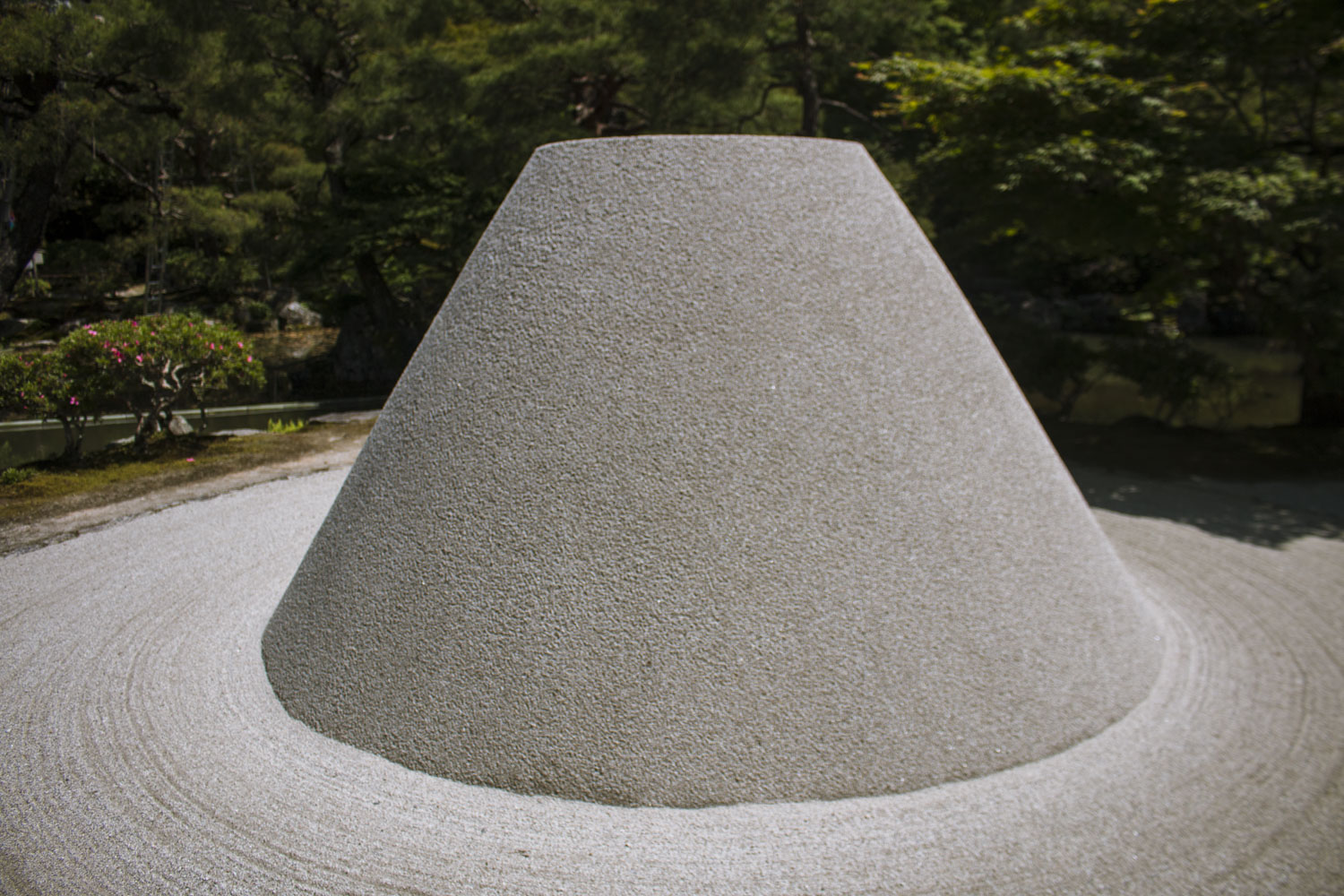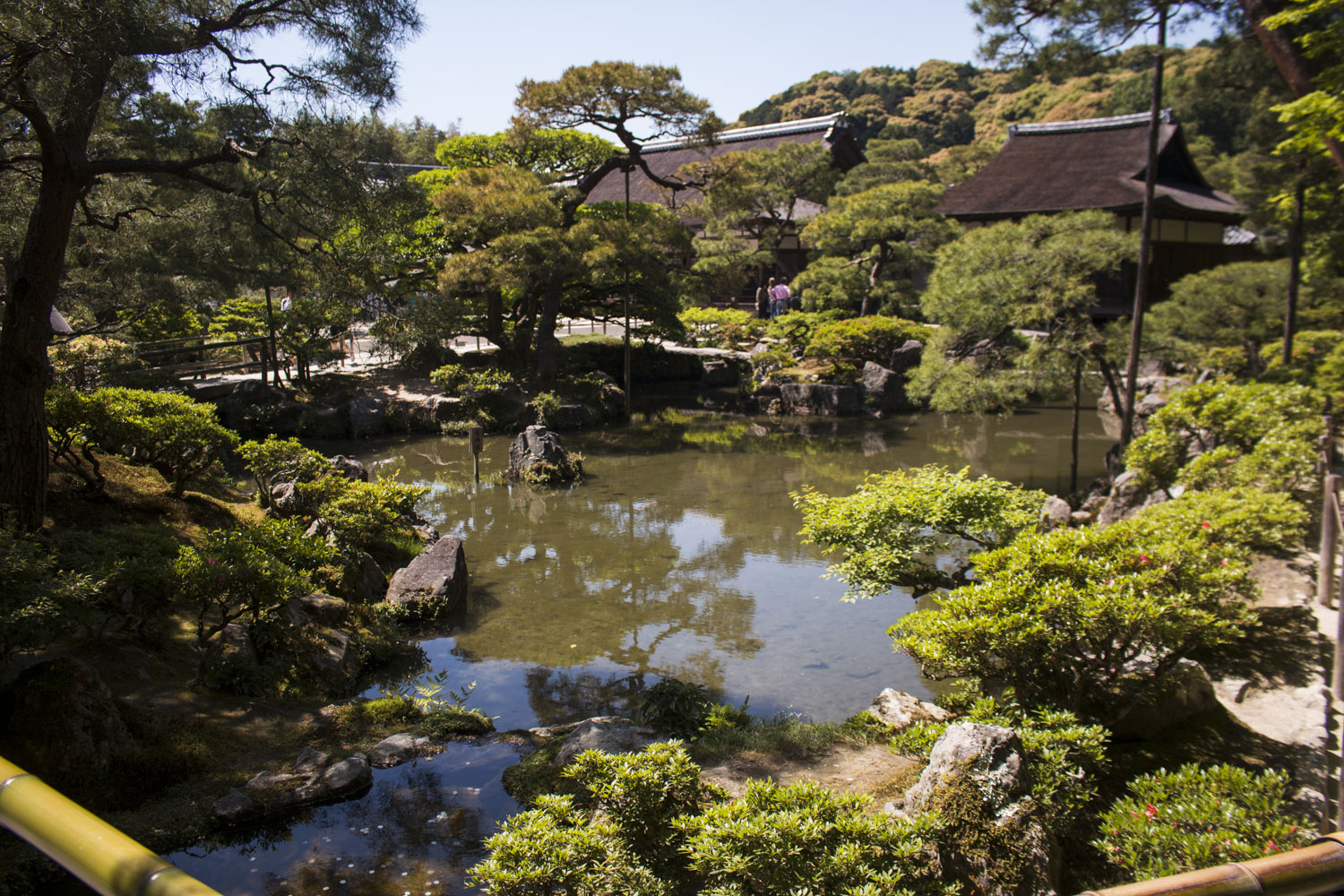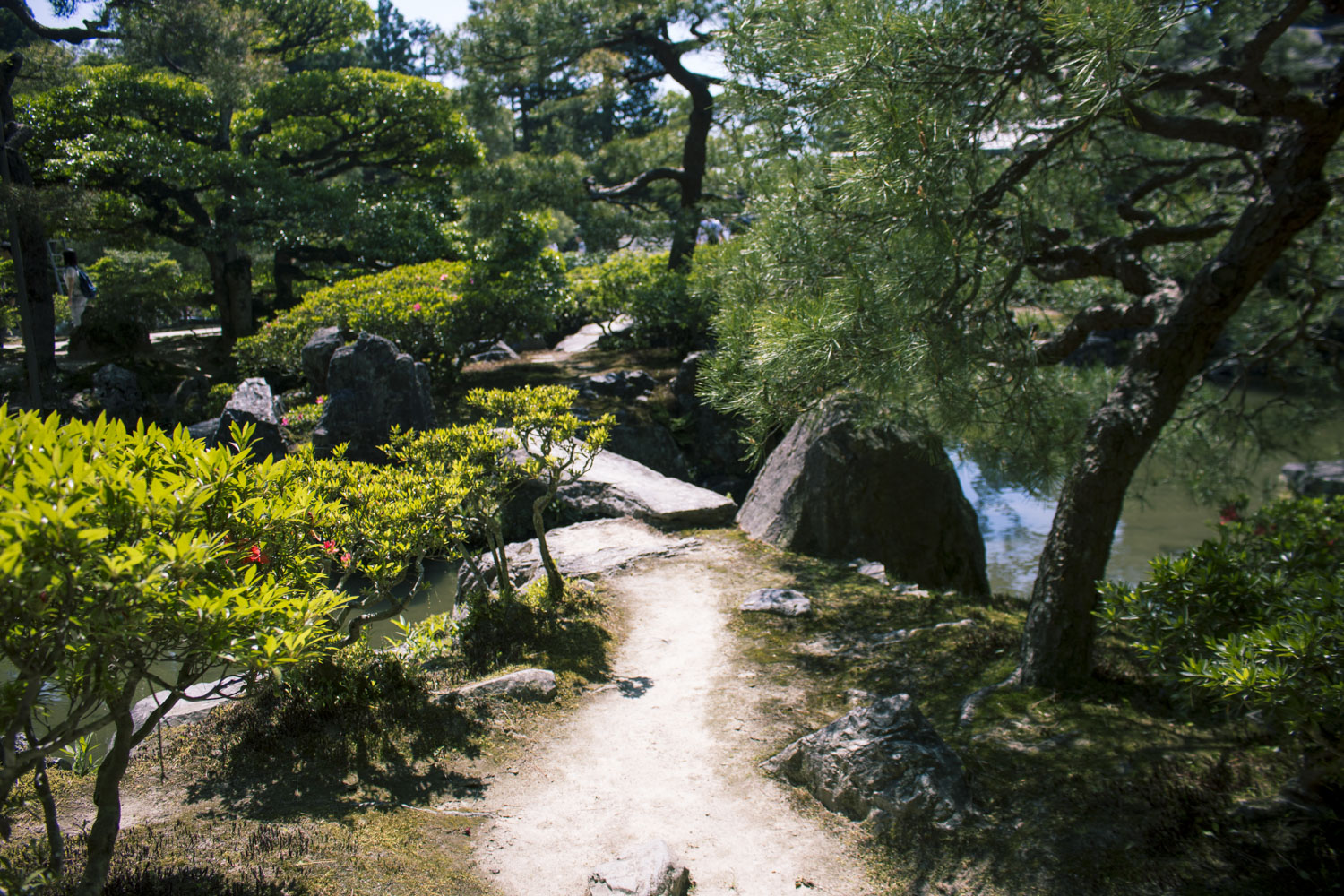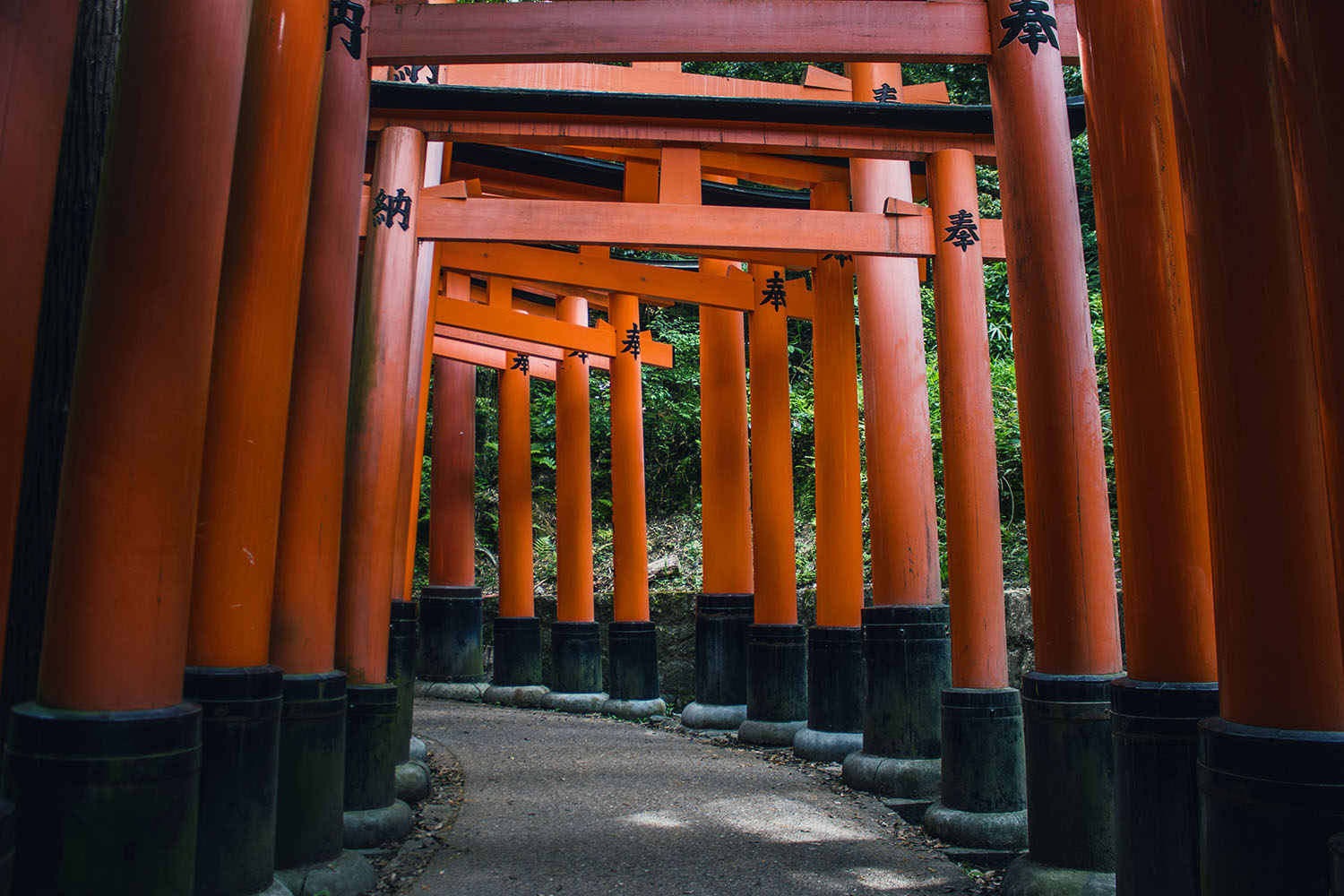This DivaNun Guide is a one pager of everything to do, see, and eat in Kyoto & Nara.
Historical
- Kyoto
- The Kyoto Imperial Palace:
- Not as cool as I expected it to be. They were doing construction so maybe when more of it is available it would be more fun
- Fushimi Inari
- Head shrine to the god Inari in Kyoto
- Saganoo Bamboo Forrest
- Beautiful grove filled with bamboo in the outskirts of Kyoto
- Kinkaku-ji/ Ginkaku-ji
- A pair of zen temples built by the family of a shogun
- The Kyoto Imperial Palace:
- Nara
- Todaji Temple
- One of the seven great buddhist temples in Nara
- Todaji Temple
Cultural
- Kyoto
- Aoi Festival
- Seeing a Geisha performance
- Nara
- Feeding the Deer
Food
- Kyoto
- Kitchen Raku Raku
- by far the best meal I've ever eaten in my entire life. The chef's special is a reminder of how delicious and simple traditional japanese food is with a flair of western influences
- The Chef's Special was three course's a seafood, beef, and desert
- Kyoto Gogyo
- The Burnt Miso Ramen is one of my favorite ramen dishes I've ever eaten in the world. The burnt flavor provides a contrast to the typically rich and silky ramens I had been eating.
- Honke Owariya
- Didn't make it here but apparently has really good Soba noodles
- There is a restaurant that sells amazing tempura on the way to the way to Ginkaku-ji that the photo above was taken. Such a delicious meal but I can't find the restaurant on google maps.
- Cafe/Bar Oil
- Recommended by a friend for having good drinks
- Kitchen Raku Raku
- Nara
- Harushkia Sake Brewery
- they have sake tastings for 500 yen and you get a free sake cup.
- You can also buy all the sake's you taste plus more to take away
- Maguro Koya
- Tuna Heave
- very reasonably priced but you will have to order multiple plates. Think tapas style
- Harushkia Sake Brewery
Miscellaneous
- Accomodation
- Kyoto
- Backpackers Hostel Kyoto
- $24 a night
- this is a chain but it felt very at homey with a large common area and a kitchen that you could cook your own meals in.
- About a 10-15 minute walk from the city center and the main train station as well as a closer to the local subway stations for access to Fushimi Inari
- $24 a night
- Backpackers Hostel Kyoto
- Nara
- Deer Guest House
- $12 a night
- Deer Guest House
- Kyoto



















